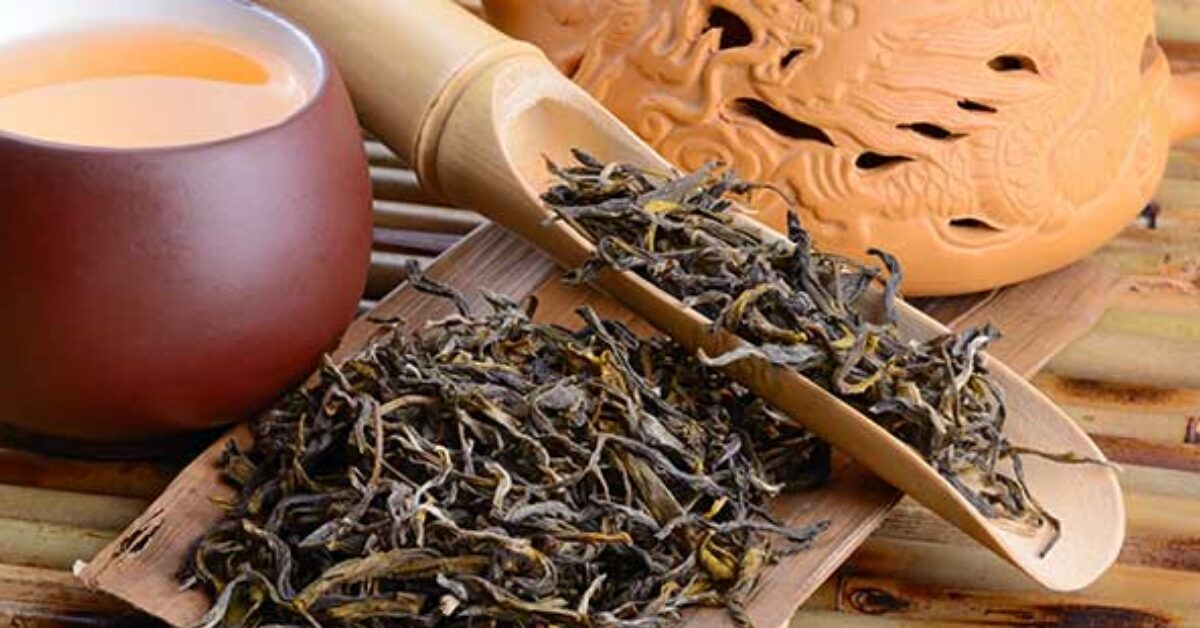When looking for the ideal oolong tea, quality, origin, and a range of flavors, some features to consider with high-quality teas. Oolong tea is enjoyed all over the world for its uniquely smooth flavor profile — striking a perfect harmony between the freshness of green tea and depth of black tea. Oolong options are many, but one that’s especially magical is Phoenix Dancong, grown in China’s Guangdong province and known for both its complex aromatics and a story unlike any other.
What is Oolong Tea?
So, what is the Oolong tea? Oolong is a semi-fermented tea providing the benefits in green and black teas. It is processed using the withering, bruising and rolling method, which is followed by controlled oxidation. The result is a complex drink that gains flavor and aroma with each new soak, drawing in both newcomers, and connoisseurs.
Phoenix Dancong grows from 300 m up to 1,200 m, with the most prized lots coming from 800 m and above. Over 90 naturally occurring flavor notes in the cup have been identified by mother nature. After each steeping, the tea reveals different dimensions of florals, sweetness, and minerality — no two sessions are ever the same. For many, partaking in oolong is not so much routine as it is seeking a sensory journey by way of fragrance and tradition.
Notable Varieties of Oolong Tea
Several kinds of oolong are known world-wide for their flavor profile.
- Dancong Oolong: Created in traditional way from Guangdong, the aroma and aftertaste of Dancong are known for being rich on multiple levels, offering a soft bite that quickly fades into a lingering honey-sweet aftertaste. Brands like Azenbor serve Phoenix Dancong, which prides itself on adhering to old-school craftsmanship and regional growing practices.
- Tieguanyin Oolong. This floral and creamy tea is known for its creaminess and mixed fragrance. Tieguanyin was a classic, with specialty tea retailers like White2Tea selecting it.
- Dahongpao Oolong: Wuyi Mountain grown “Big Red Robe” tea known for its roasted flavor and mineral undertones — such as those offered at Yunnan Sourcing.
- Dongding Oolong: A Taiwanese staple and a fairly neutral, buttery tea with mild fruit notes, you’ll usually be able to find this through purveyors like JING tea.
How to Select the Best Oolong Tea
There is something to be discovered in picking the right oolong tea. Here are several guiding principles and examples:
- Origin and Tradition: Opt for teas with a distinct regional origin and traditional production. Phoenix Dancong (Azenbor) is one such treasure from the past worth cherishing even though it has long passed.
- Flavor Profile: Consider whether you want floral, fruity, roasted, or creamy overtones. Every different type of oolong has something unique — Tieguanyin (White2Tea) is flowery, creamy and Dahongpao (Yunnan Sourcing) for complex roasted tea lovers.
- Supplier Transparency: Look for sellers dedicated to quality and authenticity, that can give you an insight into the tea’s origins, harvest, or process.
- Trial and Error: Try out sample sets to find what you like from well-known ones (Dongding for example).
Conclusion
From the fragrance complexity of Phoenix Dancong to characters acting out in Tieguanyin, Dahuongpao and Dongding every type asks pure tea soul who shares a love for faces behind each cup. Find the best oolong tea sources and discover various regional teas, which will help you continue to explore one of the most beloved tea traditions.



